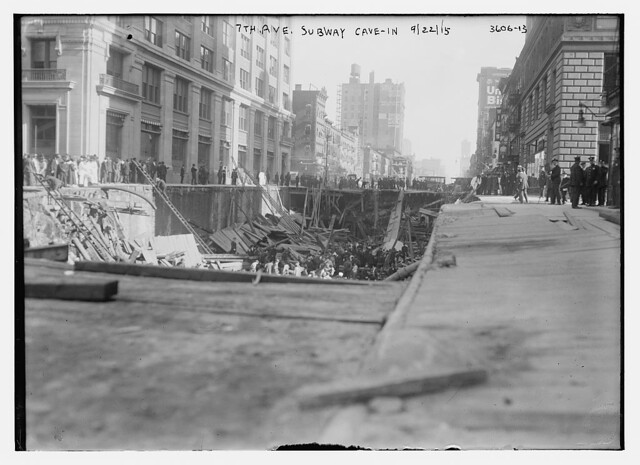The MTA’s announcement yesterday that they would be eliminating trash cans at eight more stations throughout the city was not exactly met with applause. Despite the fact that the pilot has apparently led to fewer rats and lower trash collection costs without a corresponding increase in litter or track fires, New Yorkers seem to fear counterintuitive change, and press coverage is replete with riders outraged at being asked to carry their garbage all the way up a flight of stairs to the nearest Department of Sanitation receptacle on the street. I can’t say I’m too surprised there.
What is surprising though are some of the excuses transit rider advocates are putting forward. In covering the story today, Matt Flegenheimer of The Times spoke with Straphangers’ head Gene Russianoff. As is the nature of his organization, Gene is very defensive of changes to the subway system that could impact riders whether these changes lead to a net gain or not. His take: “If you have a big, drippy ice cream cone, what are you going to do? Stuff it in your purse?”
Besides the fact that, as a long-time reader noted, one eats the container when devouring a big drippy ice cream cones, I had another question: What is anyone doing eating a big drippy ice cream cone on the subway in the first place? The subways — not exactly known for cleanliness — are hardly the spot for a meal, let alone something that’s going to cause a mess, and it’s debatable whether someone should be eating anything that requires much clean up while traveling around.
So perhaps we’re looking at this the wrong way. Perhaps the solution is to examine why people are eating underground, what they’re eating underground and whether we should continue to allow people to eat underground. Plenty of subway systems — DC, Singapore and even our own PATH system — don’t allow food and don’t have trash cans, or rodents, all over the place. No one yet has succumbed to a subway food ban-induced starvation.
















